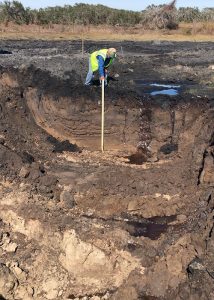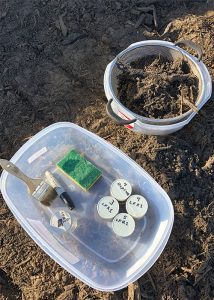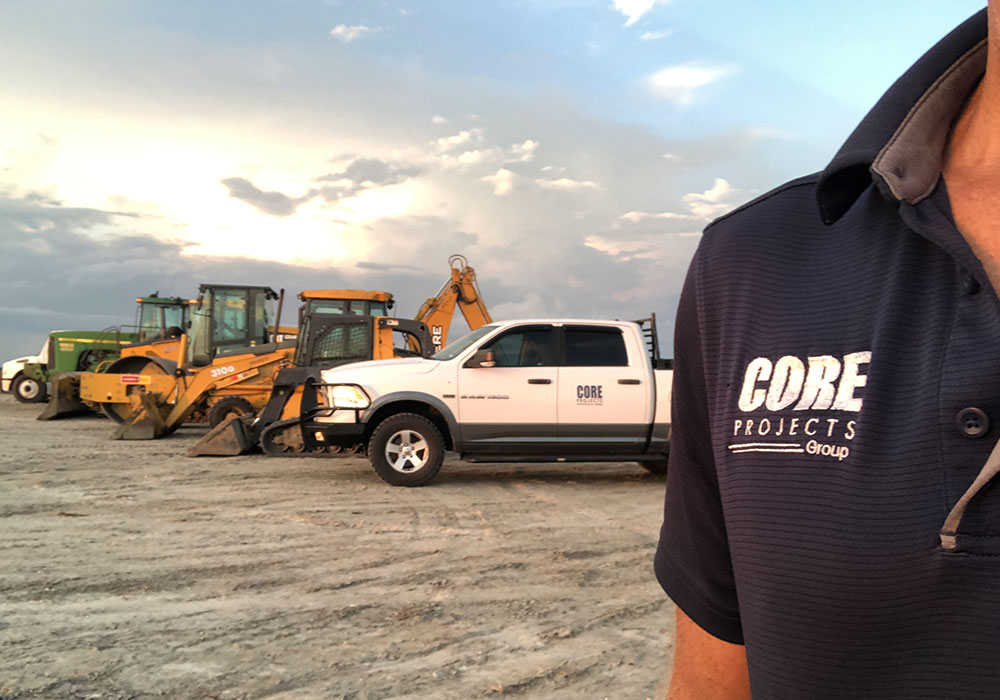Land
Sampling – Excavation – Remediation
Soils are vital to the health of the environment and stability of the ecosystem.
As every situation is different, delineation and remediation techniques need to be specific to each site. One size does not fit all…
Site study, characterization and risk assessment of affected soils will yield the data to choose the best remediation technique.
Dig & Haul: Simple and effective. Remove and dispose of the affected soils, sample for validation, then backfill with clean soil.
In situ: venting (injection of pressurized air into the unsaturated zone to bring volatile pollutants to the surface), sparging (a solution similar to venting but acting in the saturated zone and capillary fringe), stripping (pumping groundwater to bring dissolved pollutants to the surface), chemical oxidation (injection of chemical reagents into the soil to break down pollutants), slurping (simultaneous extraction and treatment of pollutants from the soil and groundwater), etc.
Landfarm bioremediation: If the site allows (space and time), bioremediation is a cost effective and sustainable solution. Core Projects specializes in this field
On Site: – Stabilization (reducing the mobility of pollutants in the soil), solidification (reducing soil permeability to trap pollutants), thermal desorption (rendering pollutants volatile by heating the soil), physico-chemical treatment, biological treatment.
Capping & deed recordation: In some cases, the most cost effective solution is to cap the affected soil with a layer of impervious clay or topsoil to prevent environmental contact. Then a restriction on the property is registered by deed recording. This allows property to still be utilized but with certain requirements.



